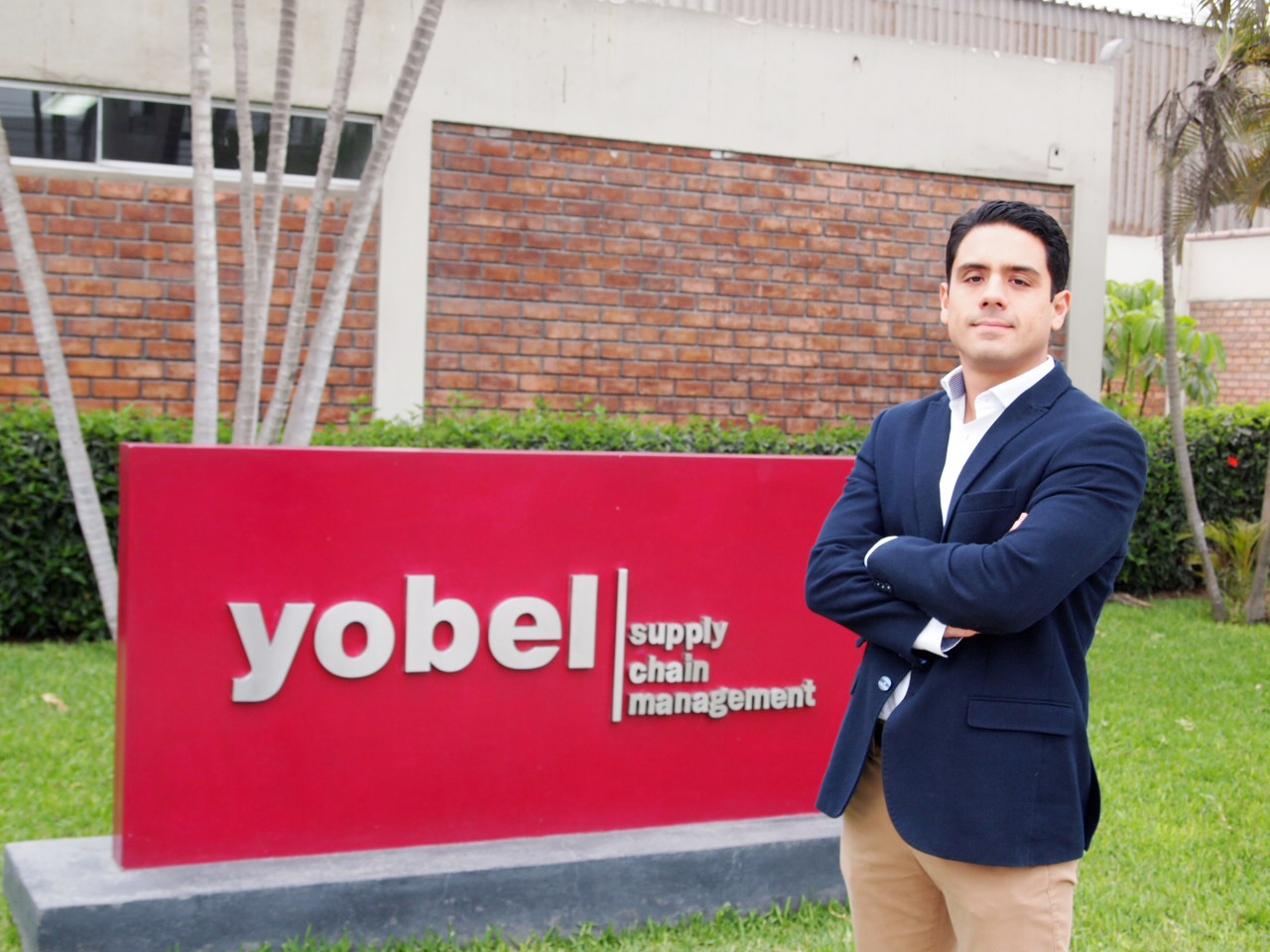By: Gustavo Zapata, Yobel SCM business unit manager
Peruvian retail is undergoing an important transformation process with the strong expansion of convenience stores. Although these are not totally new in the Peruvian market since they already existed in the fuel service stations (with the chains Listo !, Viva, Jet Market, among others); The novelty is in the accelerated growth of the stand alone format, driven by the Tambo + and Aruma stores, chains managed by Lindcorp. To these is added the Mexican Oxxo, which has already begun to open stores in Lima, while it is expected that the purchase of MiMarket by InRetail (from the Interbank Group) and Viva by the Romero Group will also boost the sector. This market has great growth potential both in Lima and in the provinces, a place that would begin to be entered by Tambo + as of next year. According to the Euromonitor consulting firm, in Peru there is one convenience store for every 800,000 inhabitants, this ratio is 6,000 in the Chilean market. In addition, this consultancy expects that the sales of these chains will go from US $ 21 to US $ 62 million between 2016 and 2021. Precisely, for the year of the Bicentennial of Independence, both Tambo + and Oxxo expect to have about 600 stores.
CHALLENGES FOR LOGISTICS
If we consider that a convenience store can offer up to 5,000 products (grouped into 19 categories) of 200 brands in each store, and that this chain expects to have 120 establishments of 100 square meters each by 2023; We can get a first idea of the logistical complexity that will mean the aggressive expansion of convenience stores both in Lima and in the provinces. For example, when the Aruma chain was launched, each supplier supplied directly or through distributors to its premises; However, the current trend is to centralize the supply in the warehouse of a logistics operator, to face the large number of stores that they will have throughout the country. It should be remembered that the boom in convenience stores will involve moving from large supermarkets with large volumes that are supplied taking advantage of economies of scale; at small volumes, with a large number of deliveries and delivery points (stores) that must be supplied faster. Therefore, they should take into account the following considerations:
1. Knowing that the convenience store format handles surfaces of between 50 and 100 square meters per store, establishments have to handle inventory, replacement and display very well. In addition, the supply must be fast, precise and the most efficient, otherwise the logistics costs could rise significantly.
2. Since the consumer is looking for a quick purchase in convenience stores, they cannot receive 15 suppliers in one day as the shop assistants would waste a lot of time serving them. In this sense, it is recommended that these chains centralize orders in a warehouse, sort them and make one or two multi-vendor deliveries per day in the hourly ranges in which there is a lower flow of customers.
3. In addition, it should be noted that some suppliers sell minimum dispatch lots. Thus, if, for example, a convenience store only needs to replenish six shampoos of a brand but the minimum batch is 12, the difference will have to be placed in the gondola as well, taking space away from other products that can sell more, since the Surplus cannot be placed in hallways. Faced with these commercial policies of the suppliers, the centralization of dispatches in a logistics operator becomes relevant, since it will deliver the necessary replacement quantities to each establishment.
4. In the future, it will be important for convenience store chains and their logistics operators to integrate inventory reading. In this way, the second will not wait for stores to place orders, but will manage inventories and meet replenishment needs automatically. This more efficient process will make the chain maximize its sales. This would imply that the client gives all the references (SKUs), the estimated demands, the assigned spaces, so that the logistics operator can fill the shelves according to its commercial policies, while the chain will dedicate itself to selling which is its core business. That would be an interesting and very beneficial synergy for the chain. In this sense, the strong expansion of convenience store chains and the consequent growing competition among them will make their logistics operators more creative to maximize the square meter of each store, offering options such as high fractionation, time windows and multi-destination deliveries.


0 Comments